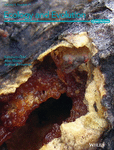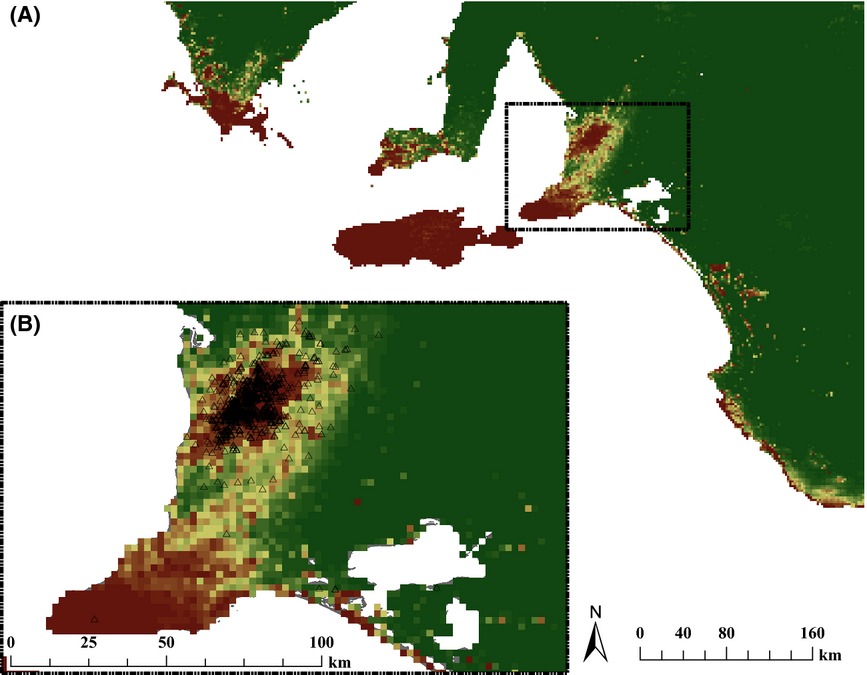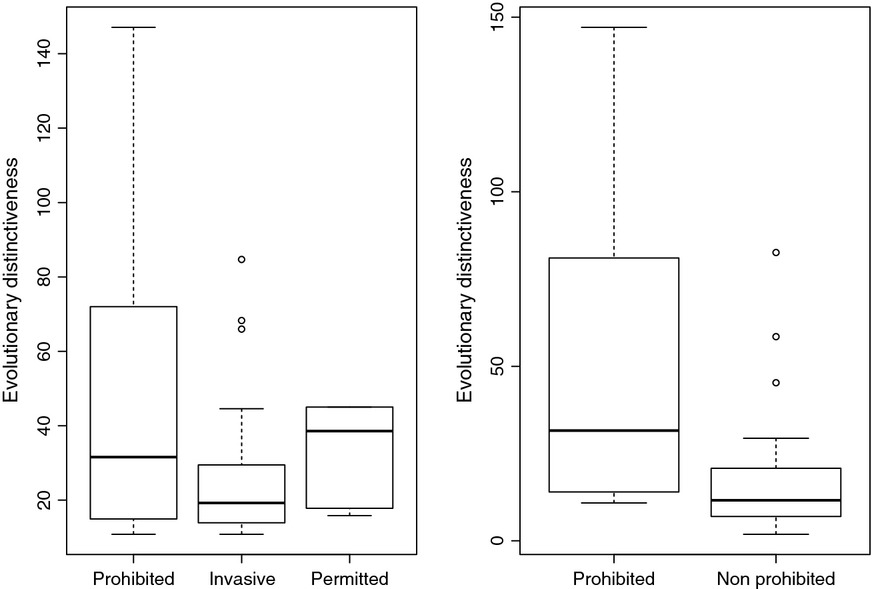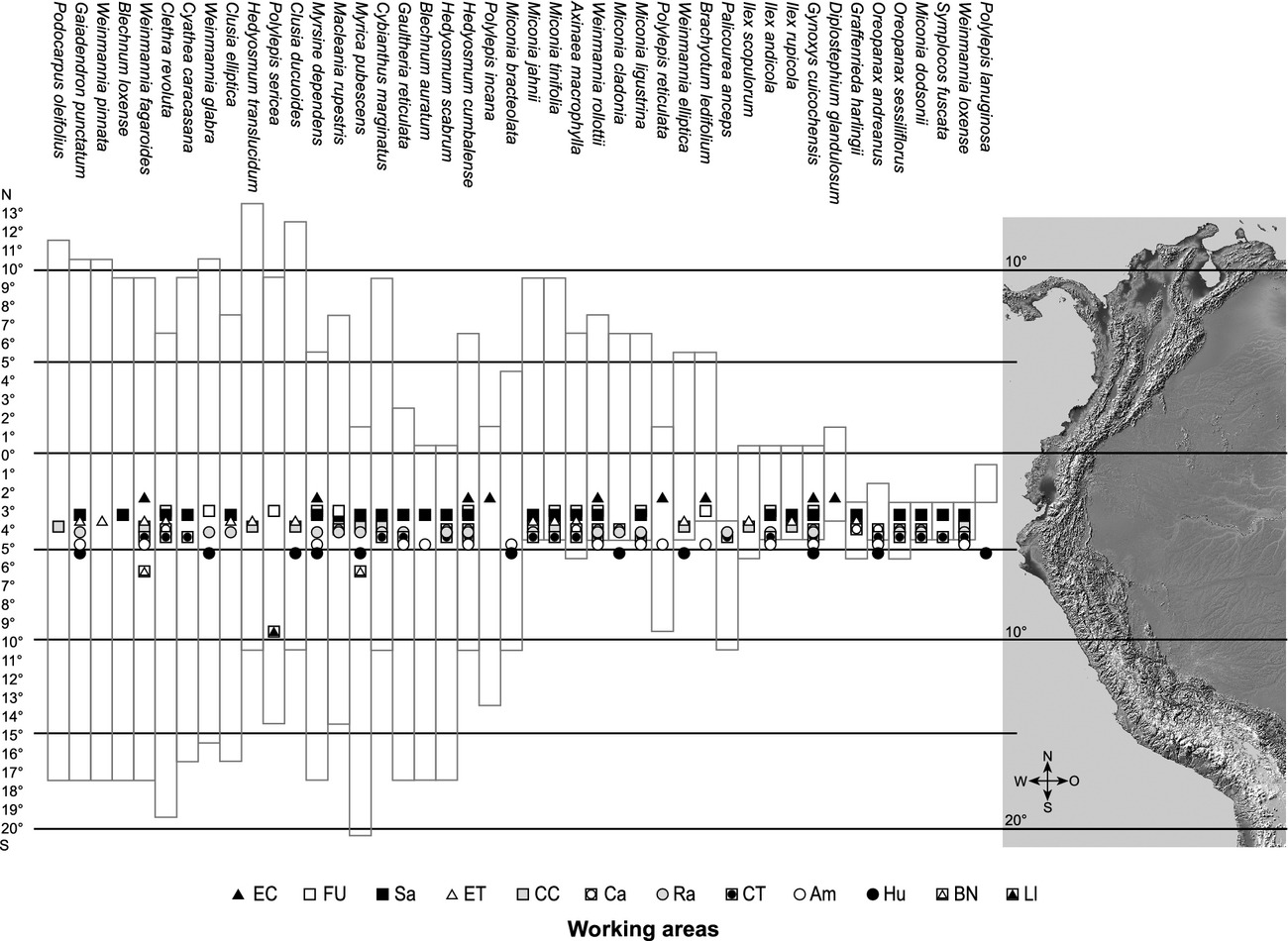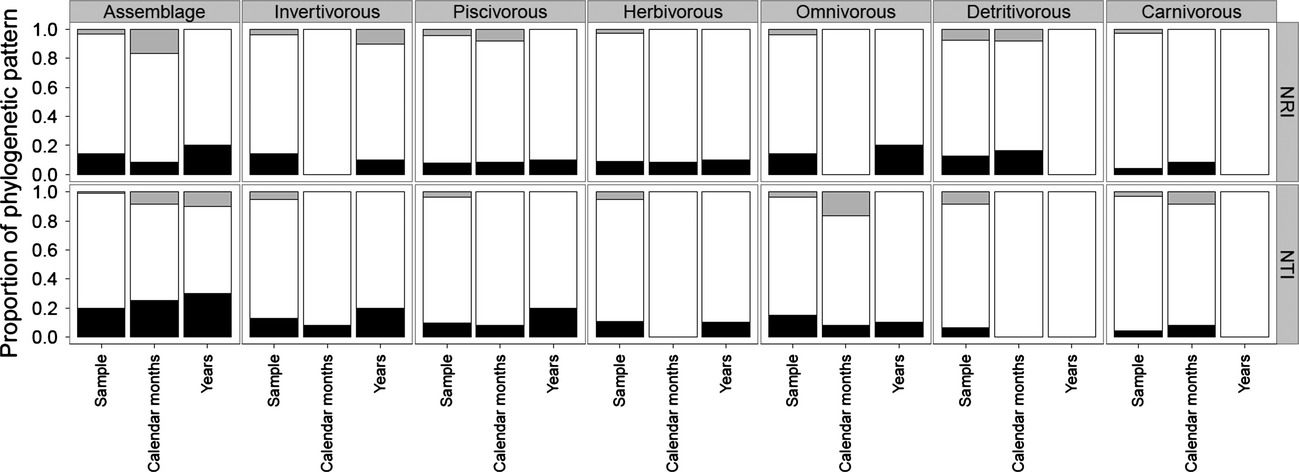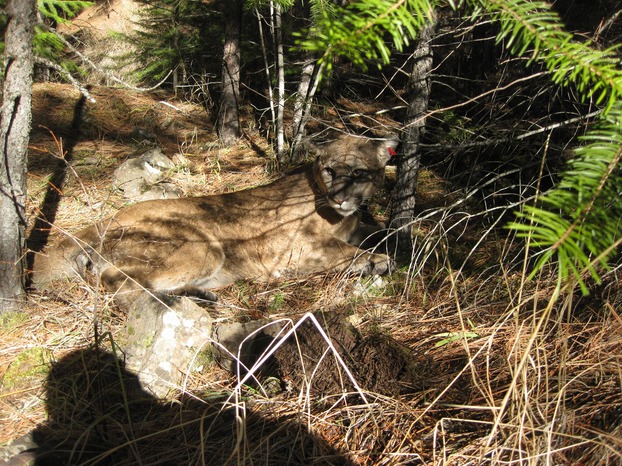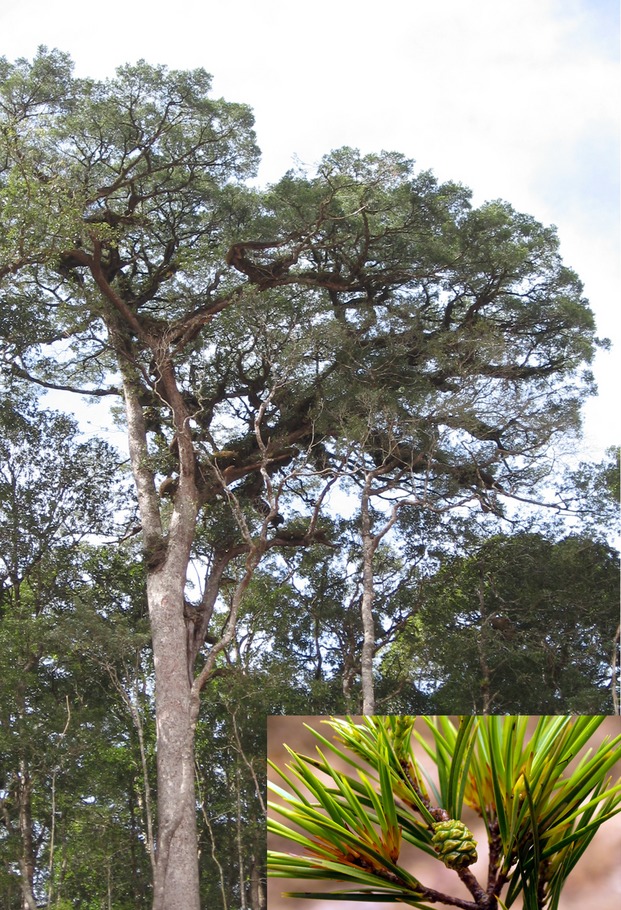Journal list menu
Export Citations
Download PDFs
Issue Information
Original Research
Premating isolation is determined by larval rearing substrates in cactophilic Drosophila mojavensis. X. Age-specific dynamics of adult epicuticular hydrocarbon expression in response to different host plants
- Pages: 2033-2045
- First Published: 23 April 2014
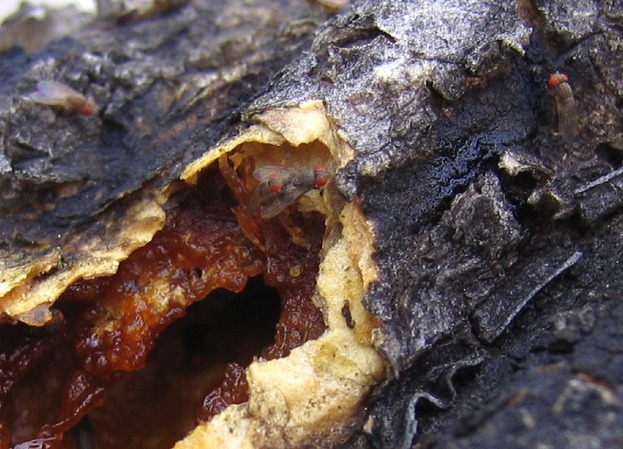
Mate choice in the wild: cuticular hydrocarbon shifts with age in adult Drosophila mojavensis are host plant and population specific. These compounds serve as contact pheromones that mediate sexual isolation between populations and sexual selection within populations, and play a large role in patterns of mate choice in natural populations. Photograph by Jackson Jennings.
Validation of microsatellite multiplexes for parentage analysis and species discrimination in two hybridizing species of coral reef fish (Plectropomus spp., Serranidae)
- Pages: 2046-2057
- First Published: 24 April 2014
Genotypic-specific variance in Caenorhabditis elegans lifetime fecundity
- Pages: 2058-2069
- First Published: 24 April 2014
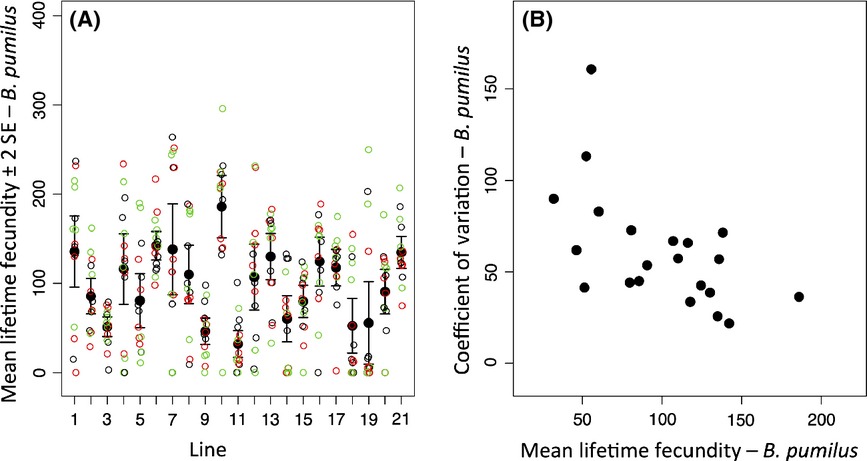
Here, we have described the variance in lifetime fecundity of isogenic lines of the nematode Caenorhabditis elegans. We found that lines differed in their variance in lifetime fecundity and that this variance in lifetime fecundity was negatively related to the mean lifetime fecundity of the lines. We suggest that the variance in lifetime fecundity may be a bet-hedging strategy used by this species.
Wider sampling reveals a non-sister relationship for geographically contiguous lineages of a marine mussel
- Pages: 2070-2081
- First Published: 25 April 2014
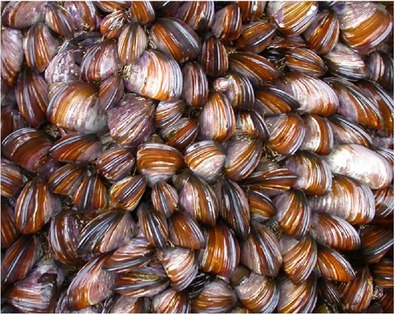
We evaluated the effect of increasing the scale of geographic sampling on the reconstruction of phylogenetic and phylogeographic patterns. As a model system, we used marine mussels of the genus Perna, focusing on the South African coastline, where three main biogeographic regions exist across a wide range of climatic and oceanographic conditions. Wider geographic sampling of marine organisms shows that lineages with contiguous distributions need not share a common ancestry.
Artificial light at night causes diapause inhibition and sex-specific life history changes in a moth
- Pages: 2082-2089
- First Published: 25 April 2014
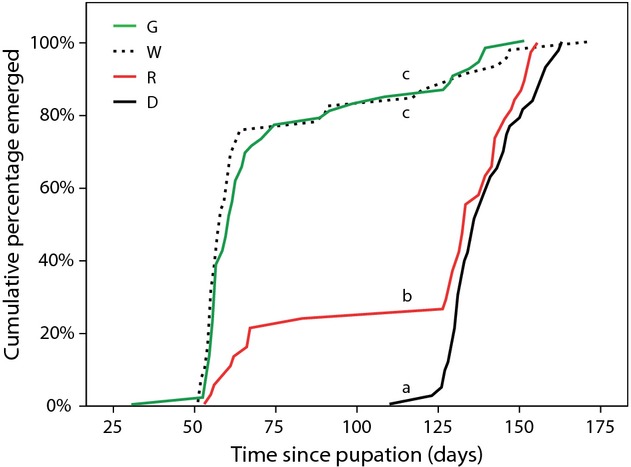
Artificial night lighting is a widespread and continuously growing phenomenon, with largely unknown consequences for nocturnal organisms. It is well-established that moths are strongly attacted to light, but artificial light effects on other aspects of moth ecology remain poorly studied. Here, we show that effects of artificial light at night extend far beyond attraction: life-history of moths may be disturbed, and light at night can interefere with daylength as a cue for initiaton of pupal diapause.
Underdispersion and overdispersion of traits in terrestrial snail communities on islands
- Pages: 2090-2102
- First Published: 26 April 2014
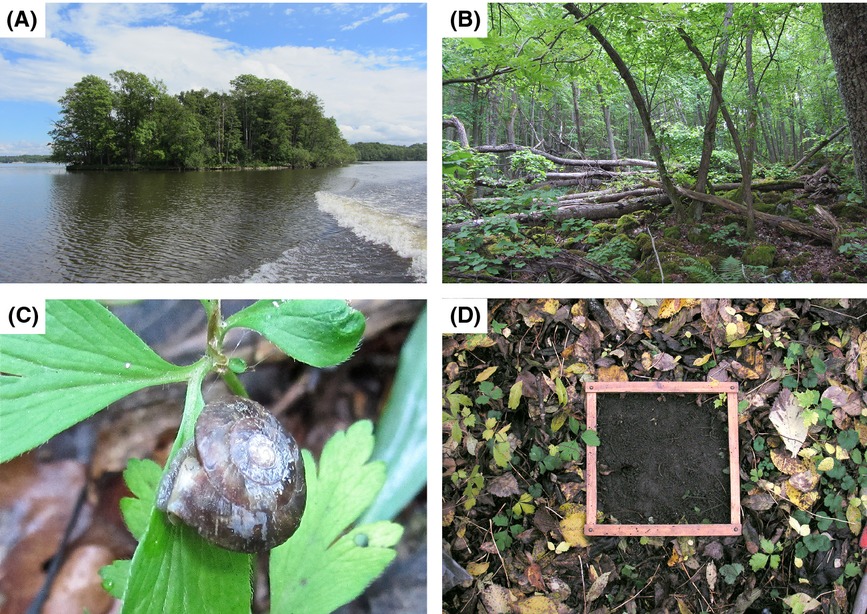
Understanding and disentangling different processes underlying the assembly and diversity of communities remains a key challenge in ecology. Here, we used a broad range of species traits related to dispersal, environmental tolerances and niche differentiation to test for deterministic assembly pattern in terrestrial snail communities. We found both trait overdispersion and underdispersion.
Distribution models for koalas in South Australia using citizen science-collected data
- Pages: 2103-2114
- First Published: 28 April 2014
Differences in evolutionary history translate into differences in invasion success of alien mammals in South Africa
- Pages: 2115-2123
- First Published: 30 April 2014
Does your species have memory? Analyzing capture–recapture data with memory models
- Pages: 2124-2133
- First Published: 30 April 2014

Memory models for multi-site capture-recapture data can be highly complex, and difficult to fit to data. We emphasise the importance of a structured approach to modelling such data, by considering a priori which parameters can be estimated, which constraints are needed in order for estimation to take place, and how much data need to be collected. We also give guidance on the amount of data needed to use two alternative families of tests for whether models for multi-site 25 capture-recapture data need to incorporate memory.
An ecological paradox: high species diversity and low position of the upper forest line in the Andean Depression
- Pages: 2134-2145
- First Published: 30 April 2014
Phylogenetic community structure: temporal variation in fish assemblage
- Pages: 2146-2153
- First Published: 01 May 2014
Consistent size-independent harvest selection on fish body shape in two recreationally exploited marine species
- Pages: 2154-2164
- First Published: 01 May 2014
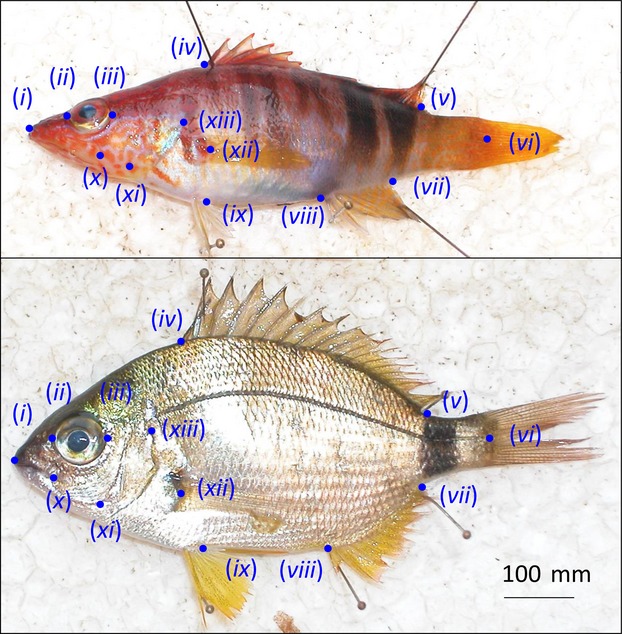
The study of the body shape geometry allows identifying the potential for human-induced ecological and evolutionary alterations on fish populations. We demonstrated that humans nonrandomly harvest fish body shape configurations independent of the body size. Our study provides new insight for understanding how human-induced selection on morphological traits can alter exploited wild populations.
Using dynamic N-mixture models to test cavity limitation on northern flying squirrel demographic parameters using experimental nest box supplementation
- Pages: 2165-2177
- First Published: 05 May 2014
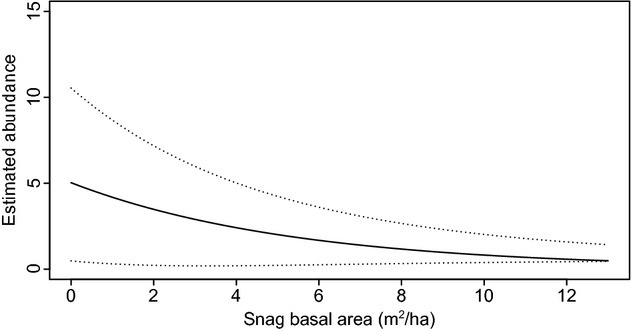
We propose an application of the Dail and Madsen (: Biometrics, 67, 577–587) dynamic N-mixture model in a manipulative experiment using a before-after control-impact design (BACI). Specifically, we tested the hypothesis of cavity limitation of a cavity specialist species, the northern flying squirrel, using nest box supplementation, using several statistical methods.
Effects of hunting on cougar spatial organization
- Pages: 2178-2185
- First Published: 05 May 2014
Mating system variation drives rapid evolution of the female transcriptome in Drosophila pseudoobscura
- Pages: 2186-2201
- First Published: 06 May 2014
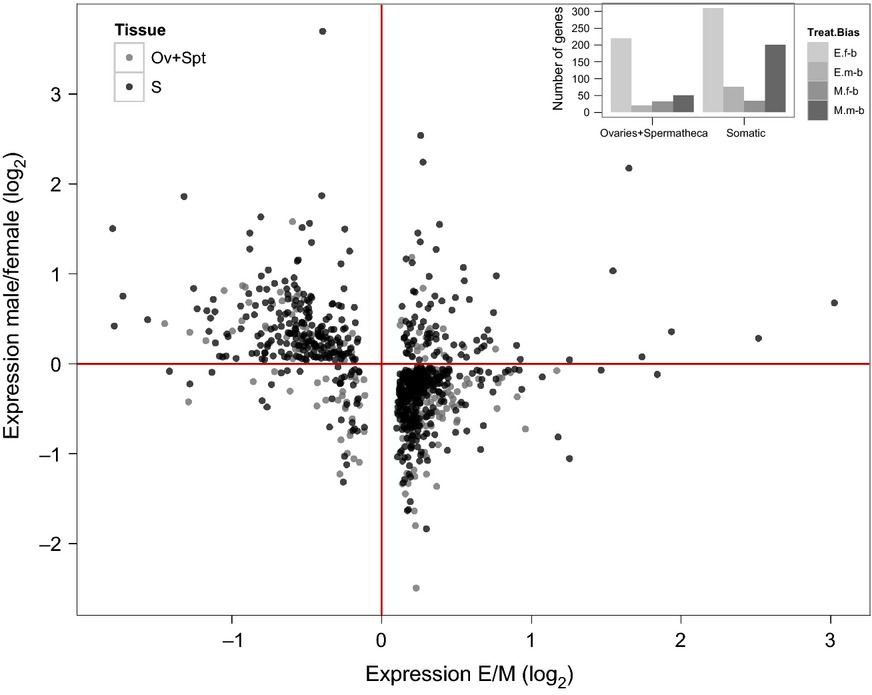
We have tested how experimental evolution under monandry and elevated polyandry affect female gene expression. We find that polyandrous females upregulate more female-biased genes related to ovarian function relative to monandrous, who show higher relative expression of male-biased genes involved in somatic functions.
Gene duplication and the environmental regulation of physiology and development
- Pages: 2202-2216
- First Published: 06 May 2014
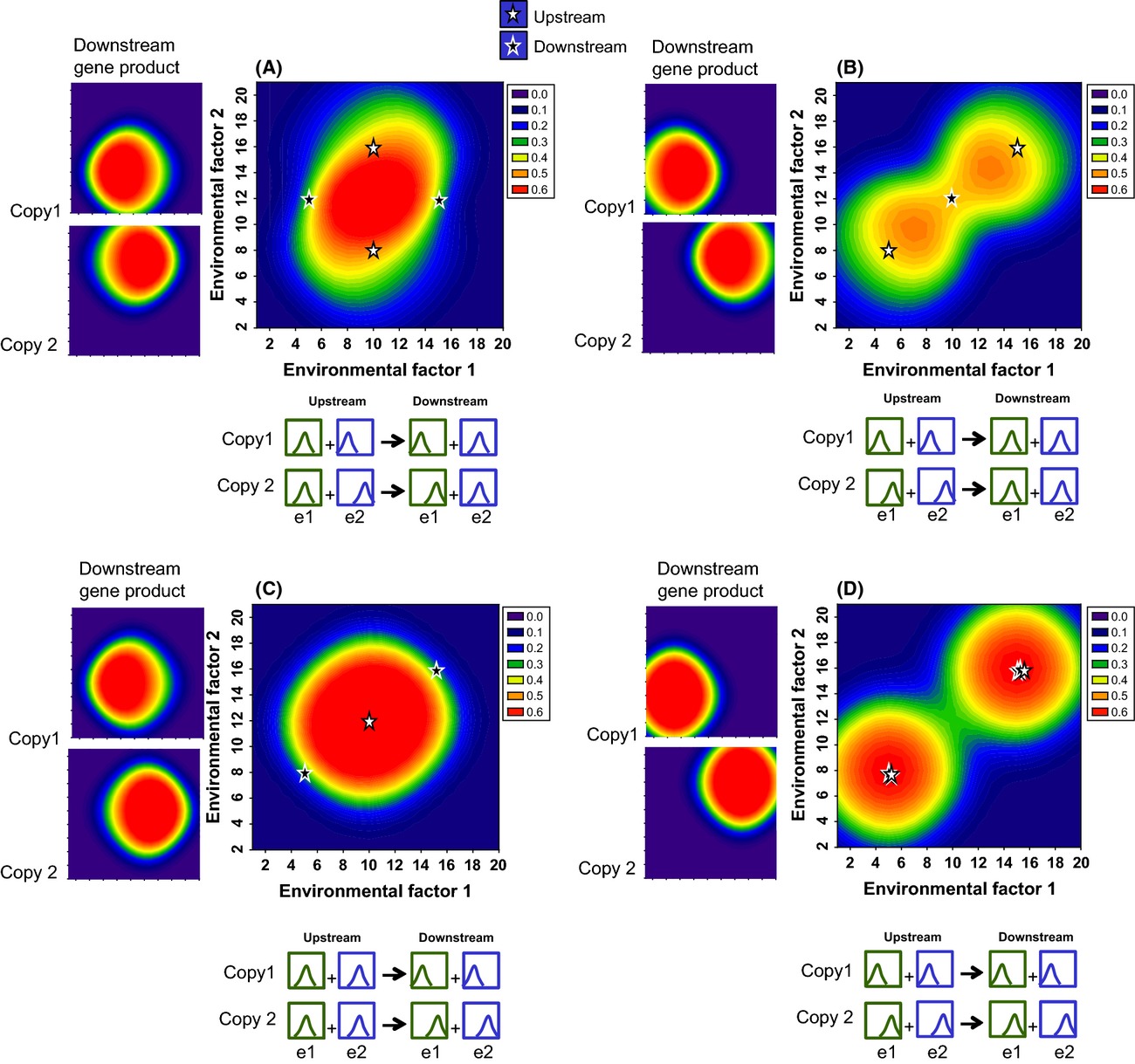
This article presents results of a model of environmental regulation of development with gene duplication. The model explores how organisms regulate developmental or physiological processes so that they occur under the broadest range of permissive conditions. Results show that gene duplication can permit the precise environmental regulation of a process, but avoid the cost of preventing it from occurring under potentially suitable conditions.
Mapping nutrient resorption efficiencies of subarctic cryptogams and seed plants onto the Tree of Life
- Pages: 2217-2227
- First Published: 07 May 2014
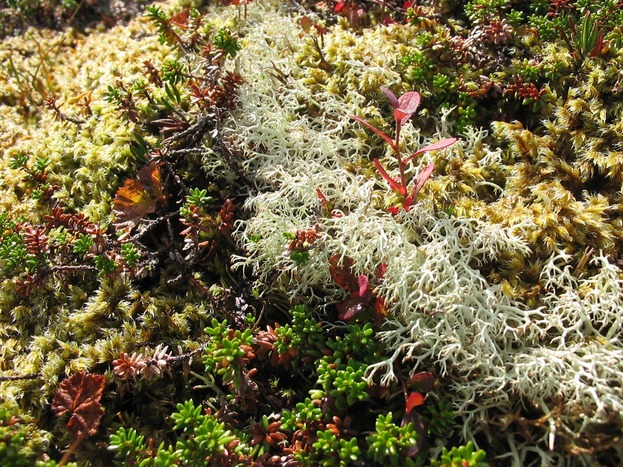
Nutrient resorption from senescing photosynthetic organs is a powerful mechanism for conserving nitrogen and phosphorus in infertile environments. We hypothesized that nutrient resorption efficiency should correspond with the presence and degree of specialization of conducting tissues across the autotrophic branches of the Tree of Life. We found empirical support for this hypothesis in a subarctic flora.
Extremely low nucleotide polymorphism in Pinus krempfii Lecomte, a unique flat needle pine endemic to Vietnam
- Pages: 2228-2238
- First Published: 08 May 2014
Egg color variation, but not egg rejection behavior, changes in a cuckoo host breeding in the absence of brood parasitism
- Pages: 2239-2246
- First Published: 08 May 2014
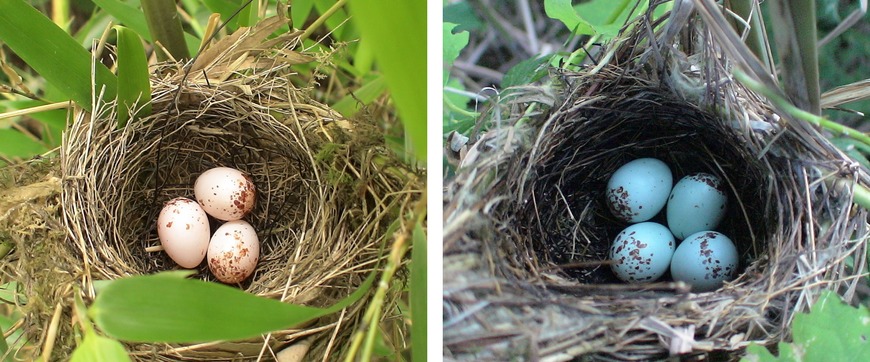
Our results show that interclutch variation and intraclutch consistency in egg color in the native population were significantly higher than the introduced population. This finding supports the hypothesis that egg appearance is maintained by natural selection as a counter adaptation to brood parasitism. In contrary, egg rejection ability was found to be equally strong in both the native and the introduced population. It suggests that egg rejection behavior in hosts can persist for very long periods of time in the absence of brood parasitism because such selection pressure is not reversed but simply released, and the trait evolves under neutral selection.
Using expert knowledge and modeling to define mangrove composition, functioning, and threats and estimate time frame for recovery
- Pages: 2247-2262
- First Published: 08 May 2014
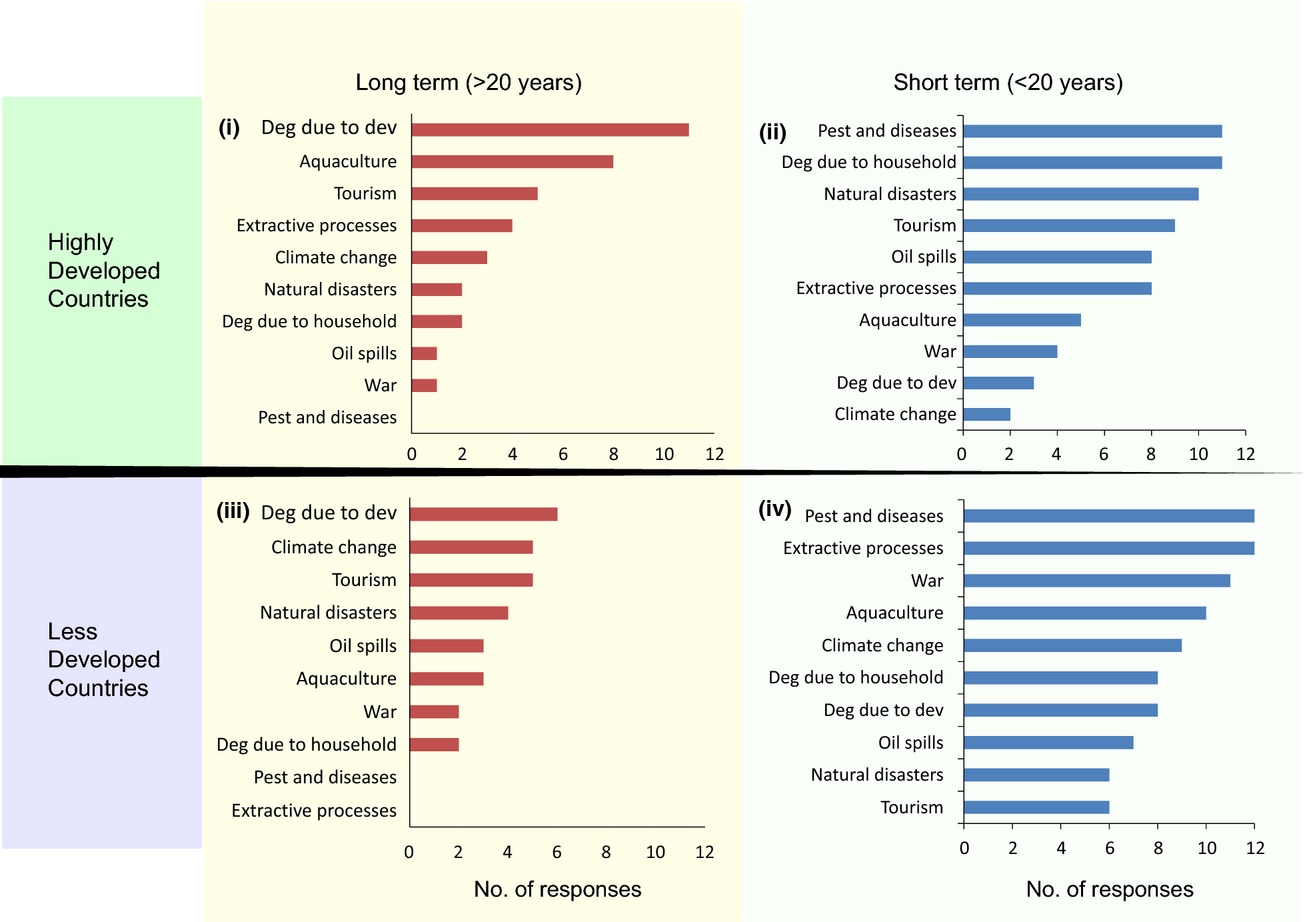
First expert knowledge based definition of mangrove ecosystems, mangrove composition, function, and impacts. Both expert-based and modeling results indicate degradation due to development may have the biggest impact on mangroves (scale, intensity, and time frame for recovery). Wind attenuation function by mangroves needs further research.
Reviews
Neutral theory and the species abundance distribution: recent developments and prospects for unifying niche and neutral perspectives
- Pages: 2263-2277
- First Published: 02 May 2014
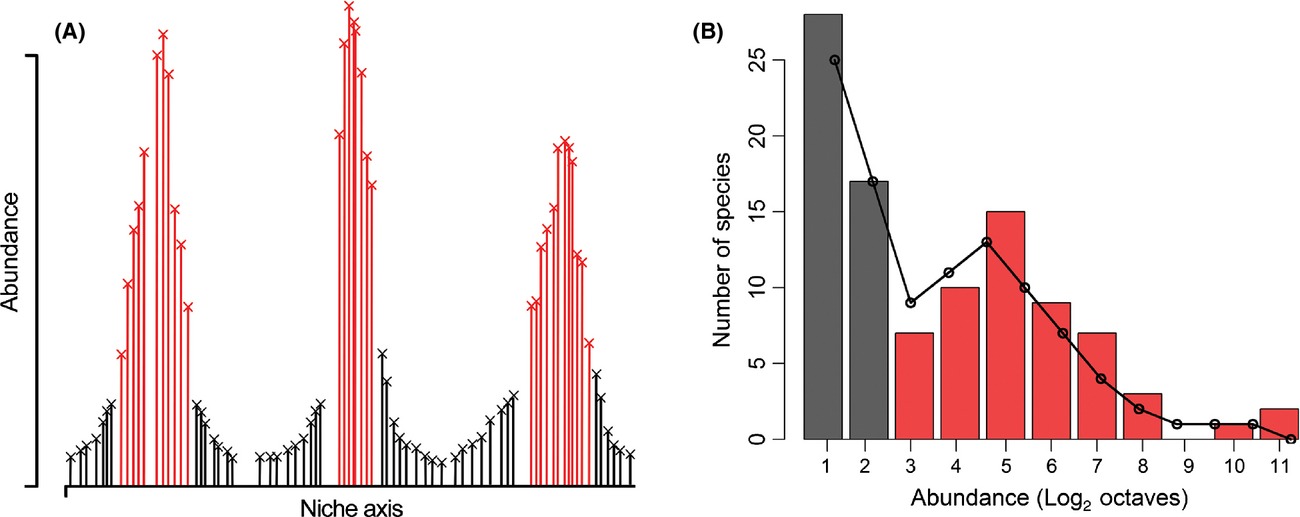
We synthesize the large body of work on neutral theory in the context of the species abundance distribution, with a particular focus on integrating ideas from neutral theory with traditional niche theory. First, we summarize the basic tenets of neutral theory; both in general and in the context of SADs. Second, we focus consideration on recent developments aimed at unifying neutral- and niche-based approaches to ecology, with a particular emphasis on what this means for SAD theory, embracing, for instance, ideas of emergent neutrality and stochastic niche theory.
The evolutionary ecology of the Lygaeidae
- Pages: 2278-2301
- First Published: 02 May 2014
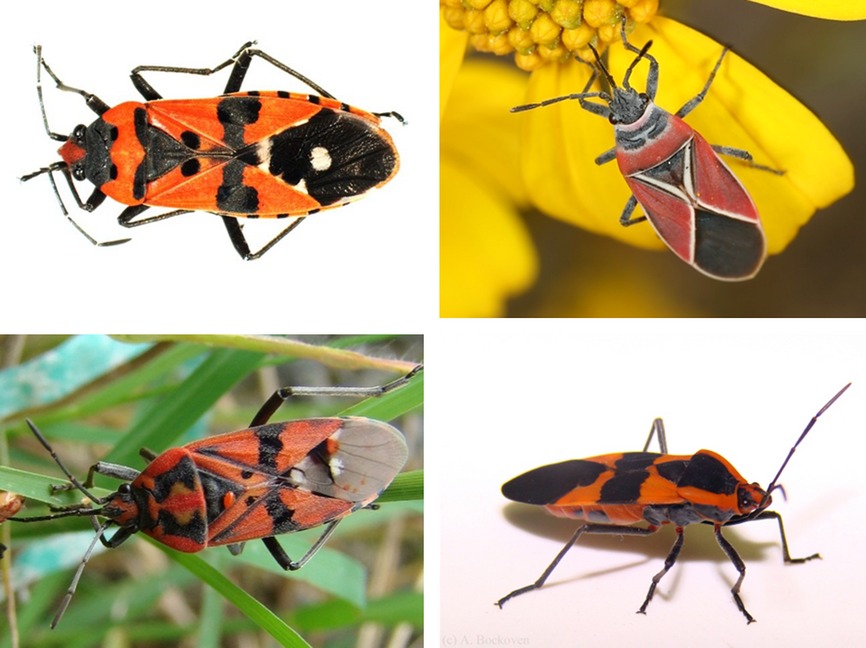
The Lygaeidae (sensu lato) are a highly successful family of true bugs found worldwide, yet many aspects of their ecology and evolution remain obscure or unknown. Recently, biologists have begun to explore aspects of their behavior, life history evolution, and patterns of intra- and interspecific ecological interactions across more species. As a result though, a range of new phenotypes and opportunities for addressing current questions in evolutionary ecology have been uncovered.




